In this article, we explore a variety of interesting painting Techniques that can transform your artistic creations. These methods range from traditional styles to modern innovations, ensuring that artists at all levels can find something inspiring.
Unique acrylic painting techniques
Acrylics are versatile and quick-drying paints that allow artists to explore a wide range of techniques. Here are some noteworthy methods to try:
1. Acrylic Pouring
Acrylic pouring involves mixing paint with a pouring medium and then allowing it to flow across the canvas. This technique can create stunning marbled effects and abstract designs.
Benefits of Acrylic Pouring
- No brushes needed
- Quick to achieve desired results
- Completely unique patterns
| Advantages | Disadvantages |
|---|---|
| Easy to start | Requires practice to master |
| Allows creativity | Can be messy |
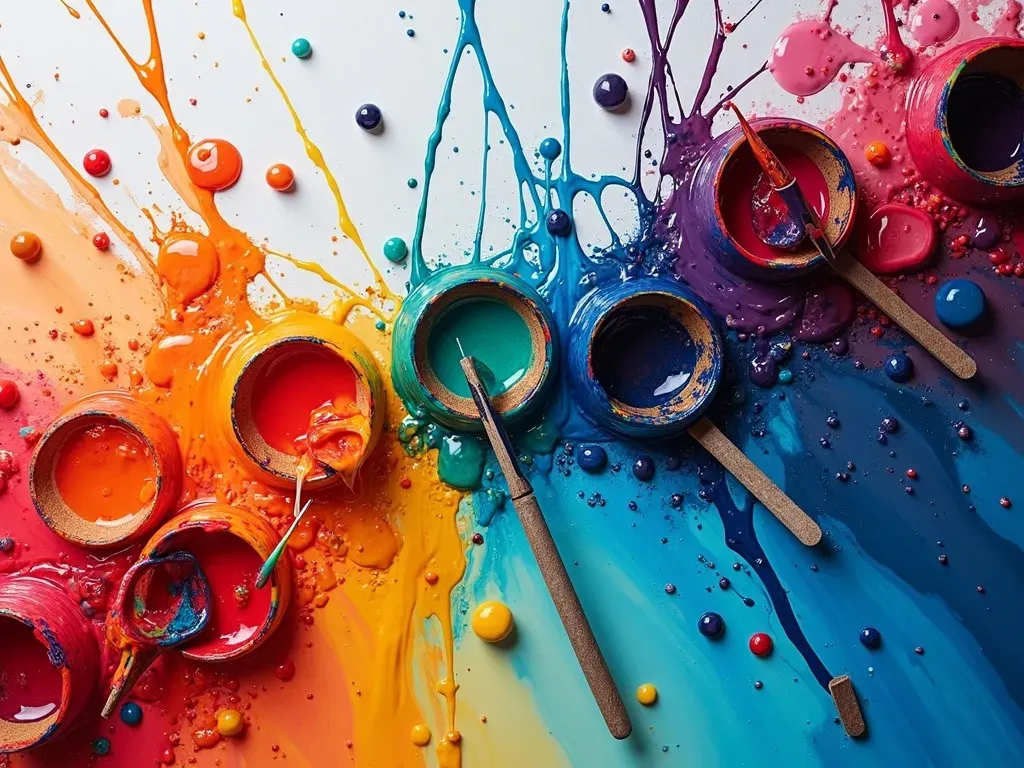
2. Impasto
Impasto is a technique where thick layers of paint are applied to create textural effects. This can provide a three-dimensional look to your paintings.
Impasto Tips
- Use a palette knife for textured strokes.
- Experiment with different colors layered on top of each other.
- Apply final glossy varnish for depth.
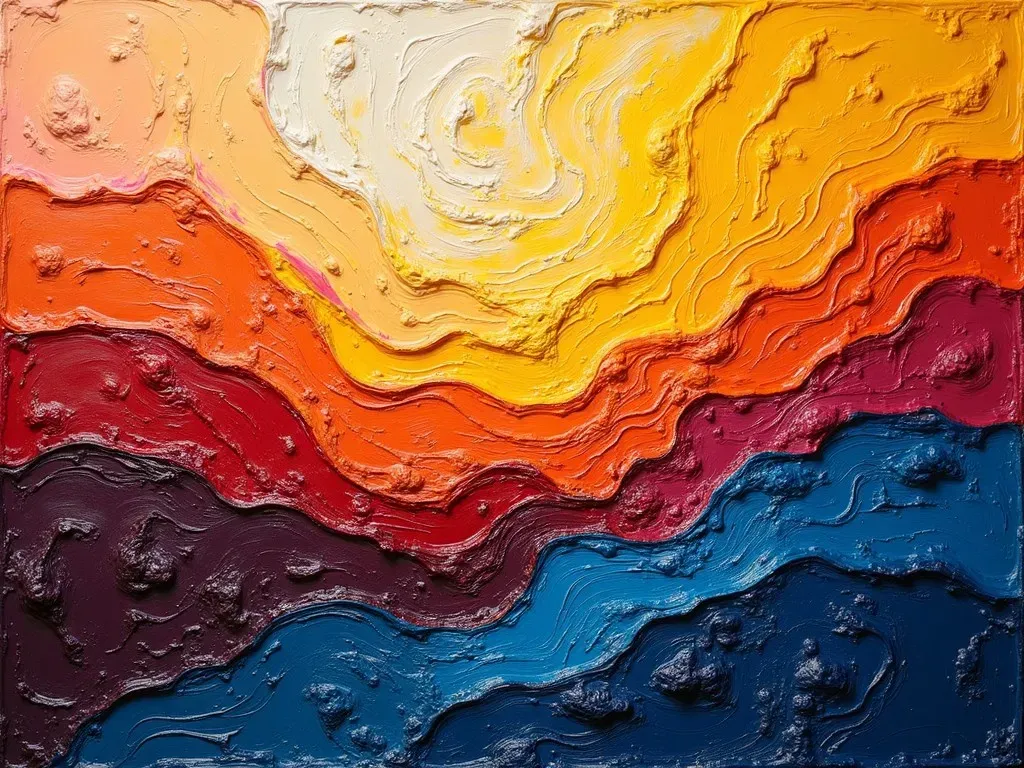
Unusual Painting Techniques
Some artists prefer to think outside the box, experimenting with unconventional methods that yield extraordinary results.
1. Squeegee Technique
Using a squeegee to apply paint can give artworks a distinct look, characterized by horizontal and vertical streaks.
How to Use This Technique
- Apply paint directly onto the canvas.
- Use a squeegee to pull across the paint.
- Repeat to blend colors and create patterns.
2. Alcohol Inks
Alcohol inks are vibrant, fast-drying colorants that work best on non-porous surfaces like yupo paper. This method produces beautiful gradients and intricate blends.
| Material | Application |
|---|---|
| Yupo Paper | Ideal for alcohol inks |
| Canvas | Can be used with a base |
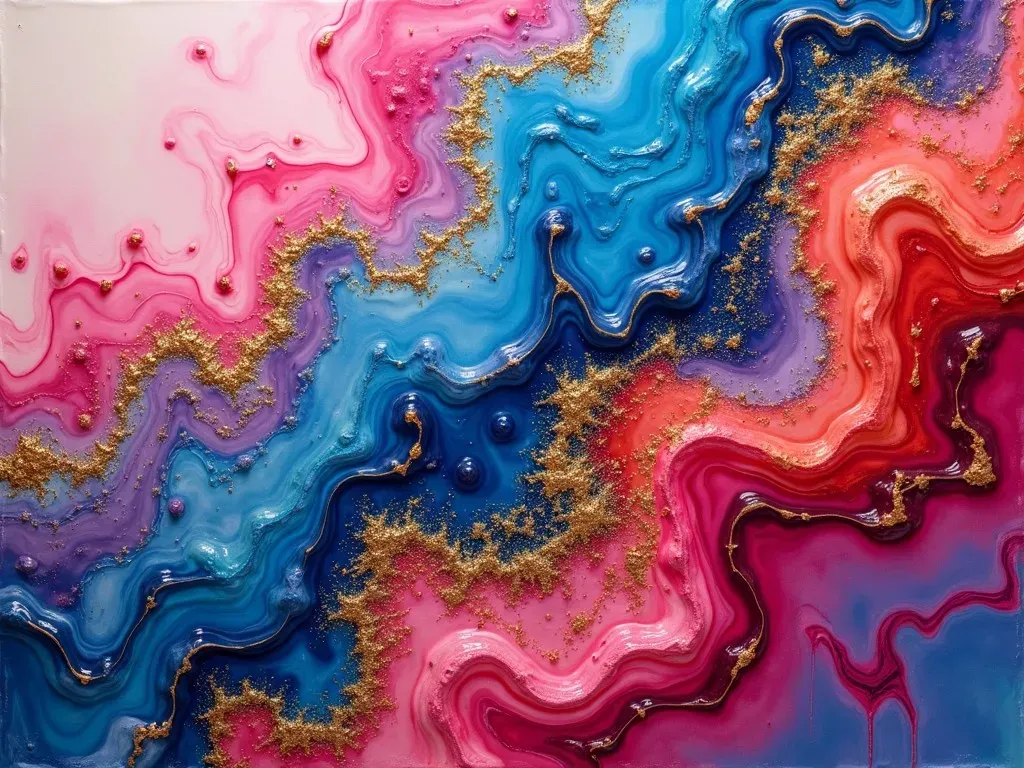
Awe-Inspiring Techniques to Explore
1. Finger Painting
While often associated with childhood art, finger painting allows for a tactile experience that can result in stunningly raw and expressive pieces.
2. Collage Painting
Combine textures and materials—like paper cutouts, fabrics, and paint—to create a mixed media style.
3. Stencil Painting
Utilize stencils to achieve intricate shapes and patterns. A great technique for beginners, this can also be adapted for more complex mid-experiments!
4. Marbling
This technique involves creating swirling patterns on the surface of water using special paints and then transferring these designs onto paper or canvas.
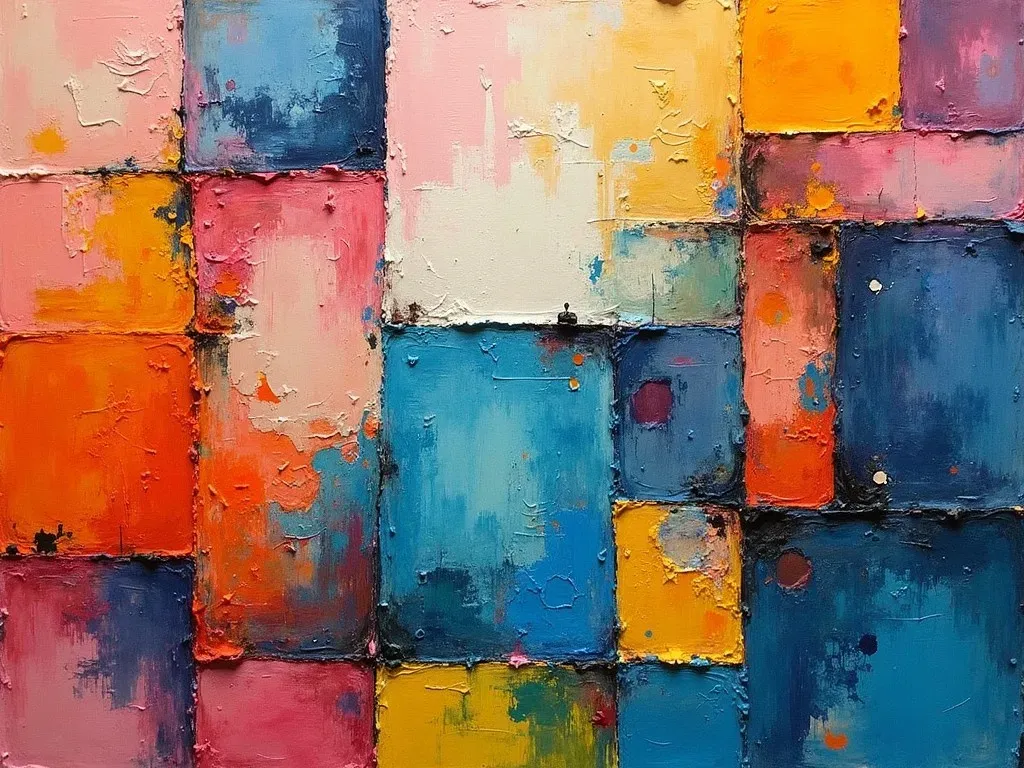
Cool Painting Techniques for Modern Artists
1. Masking Fluid
Masking fluid allows you to block out areas of the canvas while painting. Once finished, it is removed to reveal the untouched substrate below, creating striking contrasts.
2. Sponging
Using a sponge to apply paint can create soft textures and lush landscapes. This technique is particularly effective in creating a cloud-like effect in sky paintings.
How to Do Sponging
- Dap your sponge in paint.
- Lightly dab onto the canvas for a blended effect.
- Build layers gradually for depth.
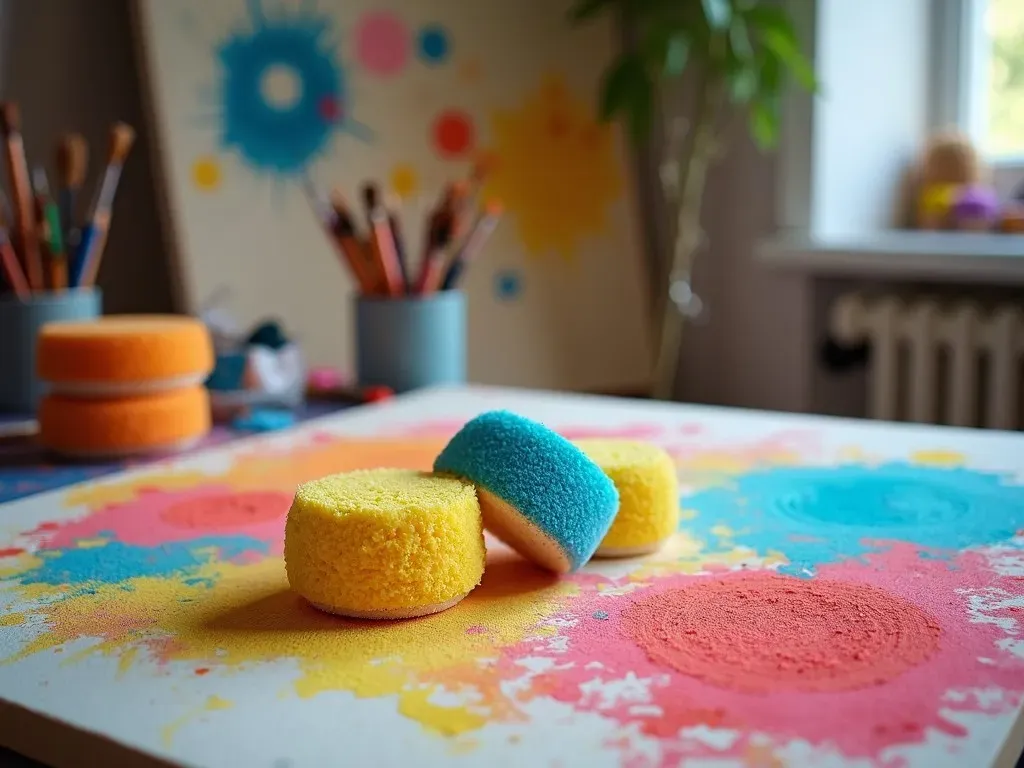
3. Dry Brushing
Using a dry brush with a small amount of paint can create a scratchy, textured appearance, perfect for landscapes or adding details to figures.
Quick Tips for Dry Brushing
- Use a stiff bristle brush.
- Remove excess paint on a paper towel.
- Apply with light, quick strokes.
Fascinating Facts and Techniques
| Technique | Definition | Best For |
|---|---|---|
| Fluid Painting | Using high fluidity to create flowing designs | Abstract art |
| Pointillism | Creating images with small dots | Detailed shading |
| Blending | Mixing colors on the canvas | Soft transitions |
| Washes | Diluting paint with water for a translucent effect | Backgrounds |
FAQ about Interesting Painting Techniques
Q1: What are the best materials to use for acrylic pouring?
A1: You will need acrylic paint, a pouring medium, a canvas, and optionally silicone oil for added effects.
Q2: How can I clean up after using alcohol inks?
A2: Since alcohol inks are highly concentrated, clean your brushes and tools immediately with isopropyl alcohol.
Q3: Can I combine multiple painting techniques in one artwork?
A3: Absolutely! Many artists experiment with layering various techniques and mediums to achieve unique results.
Q4: Where can I learn more about these techniques?
A4: For further learning, consider visiting Milan Art Institute for additional insights and techniques tailored to all skill levels.
Q5: Are there any tools I need for stencil painting?
A5: You’ll need stencils, a sponge brush or spray paint, and a surface to apply it on.
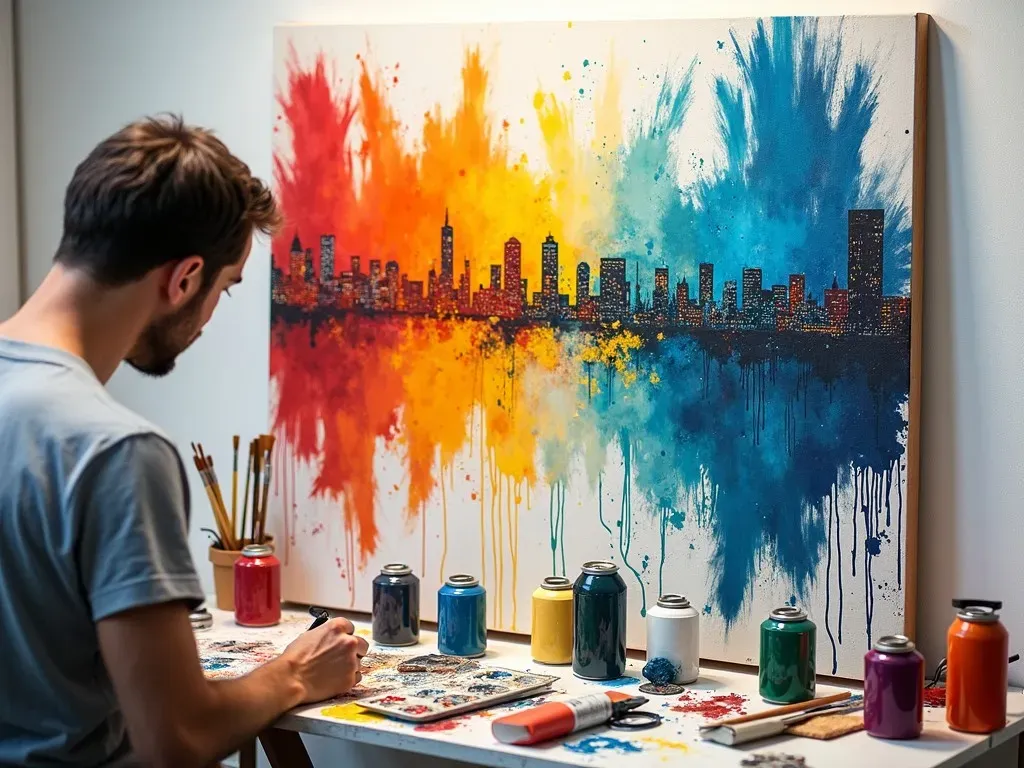
By experimenting with these interesting painting techniques, you can expand your skill set and discover a deeper sense of creativity within your art.
